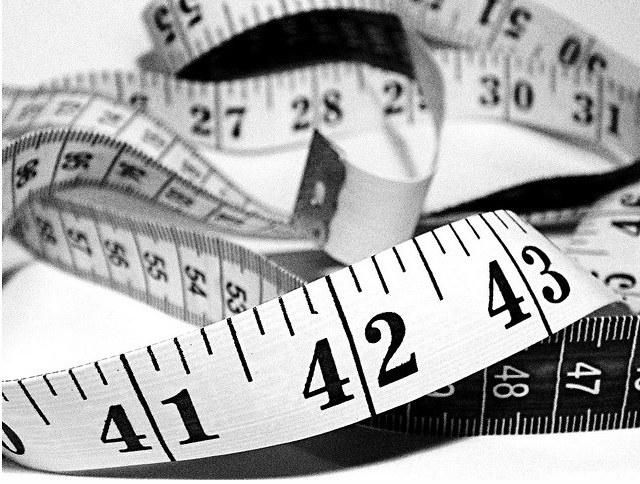Demonstrating B2B Public Relations Value: Are You Holding Yourself to the Highest Standards?
Every client I’ve worked with over the past 12 years has struggled with measuring the success of their public relations program. The truth is there aren’t any easy answers. Many results are intangible or indirect like building client loyalty and opening doors to new prospects, which can be difficult to track especially when you’re dealing with complex B2B buying cycles. Sure, there are surveys, CRM programs, and sales funnel tracking – and while marketers are working hard to connect dots, many companies still aren’t able or willing to invest the necessary funding or resources.
Instead, most companies default to tracking media placements as a measure of increasing brand awareness; and that has never been tied in a neat little bow either. While we’ve created a standard tracking report for our clients over the years, we tailor many reports to suit companies’ own methods and styles. Who is to say what’s right?
Well, my PR friends, we finally have some standards to which to point people. It’s actually pretty baffling that this hasn’t happened before now. Katie Paine, a leading thinker on PR measurement and acccountability, recently reported that the IPR Commission on Measurement and Evaluation approved a set of standards for traditional media measurement. It covers the nitty gritty details that we’ve all long debated amongst ourselves like:
- Do you count all of those pick-ups from a big AP or Reuters article as individual hits?
- Do you report when an article appears in a hard copy publication and online separately?
- What’s the best way to score how the quality of your media coverage has improved?
Deserving of the biggest cartwheel, is the statement that “advertising equivalency should not be used as a measure of media.” We’ve all long advised against it, but now we can finally point to something that definitively says no.
Is this report our magic bean for showcasing the impact of our public relations efforts? Absolutely not; there is still plenty to evaluate beyond media hits. A report on media hits only gets you so far when you’re sitting across the table from a company’s management team questioning the value of PR.
Even if you don’t have the funding for a huge brand awareness project, there are plenty of freebie ways to demonstrate impact of a program. For example, for one of my clients with multiple lines of business, we initiated a quick survey, asking each business line leader for their opinions about the impact of the program to their business (what better way to communicate impact to the management team than hearing it from their own people?). We also regularly ask them, especially after large campaigns, for any non-media communications or leads that surfaced during the course of the campaign. It’s surprising what you’ll hear when you ask for it.
Everyone will still have unique definitions of what constitutes PR success – that’s part of what makes this business so interesting and exciting. But, it’s encouraging to have a starting point.
What do you think about the IPR’s move to establish standards? How do you demonstrate impact of your PR program?
Photo by Ben (Falcifer)
Connect with Kellie:
Email: kellie@blisspr.com
Twitter: @kshe
LinkedIn: Kellie Sheehan
